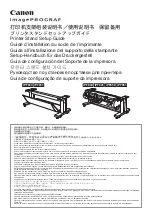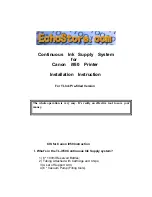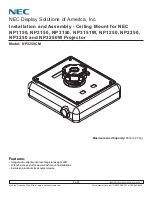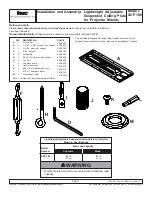
CNCR-230 • Two-wire 4-20 mA/HART
19
• Further recommendations
– False signal suppression via adjustment app or PACTware/DTM
– Alignment of the measurement to the silo outlet
Bunker (large-volume)
• Process/measurement conditions:
– Large distance to the medium
–
Steep angles of repose, unfavorable pouring positions due to outlet funnel and filling cone
–
Diffuse reflections due to structured vessel walls or internals
–
Multiple echoes/diffuse reflections due to unfavorable pouring positions with fine grain
–
Changing signal conditions when large amounts of material slip off
• Further recommendations
– False signal suppression via adjustment app or PACTware/DTM
Heap (point measurement/profile detection)
• Process/measurement conditions:
–
Measured value jumps, e.g. through heap profile and traverses
– Large angles of repose, varying pouring positions
–
Measurement near the filling stream
– Sensor mounting on movable conveyor belts
Crusher
• Process/measurement conditions:
–
Measured value jumps and varying pouring positions, e.g. due to truck filling
– Fast reaction time
– Large distance to the medium
–
Interfering reflections from fixtures or protective devices
• Further recommendations
– False signal suppression via adjustment app or PACTware/DTM
Demonstration
• Applications that are not typical level measurements
– Instrument demonstration
– Object recognition/monitoring
–
Measured value verification with higher measuring accuracy with reflection without bulk solids,
e.g. via a measuring plate
In this menu item you select the unit for measured distance in mm, m, in or ft.
Since the radar sensor is a distance measuring instrument, it is the distance from the sensor to the product surface
that is measured. To indicate the actual level, the measured distance must be assigned to a certain height percentage.












































